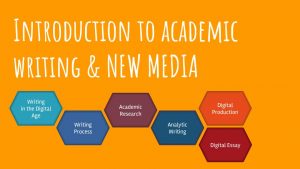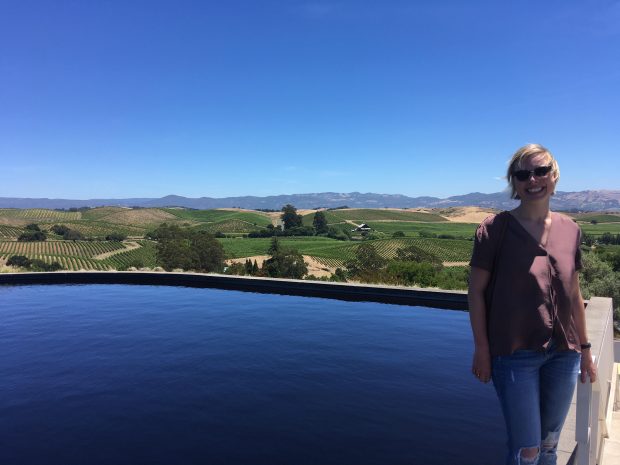For this final assignment, I have decided to share a short synthesis reflection on my experiences in ETEC 565A as well as a video tour of Faeyza’s and my Canvas course, Introduction to Academic Writing and New Media. The video tour will introduce people to the basic pedagogical considerations of structuring a course in Canvas, as well as my top 10 design considerations, which is a slight modification of the assignment requirements. However, I chose to do this because I have learned in this course that it is more valuable to discuss and share the “why” behind certain design decisions rather than simply show and provide the “how.”



